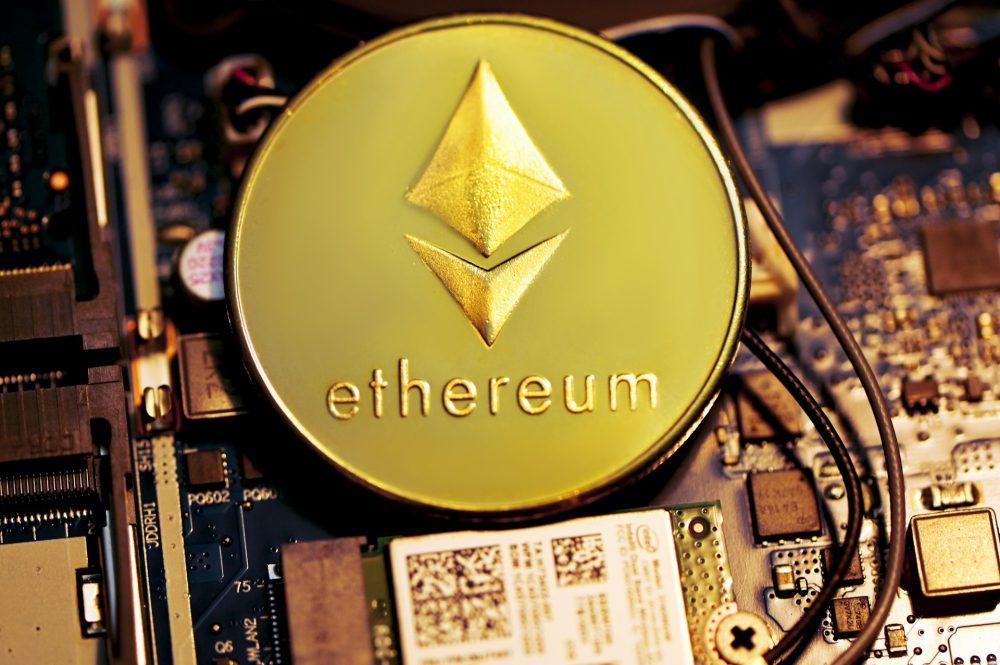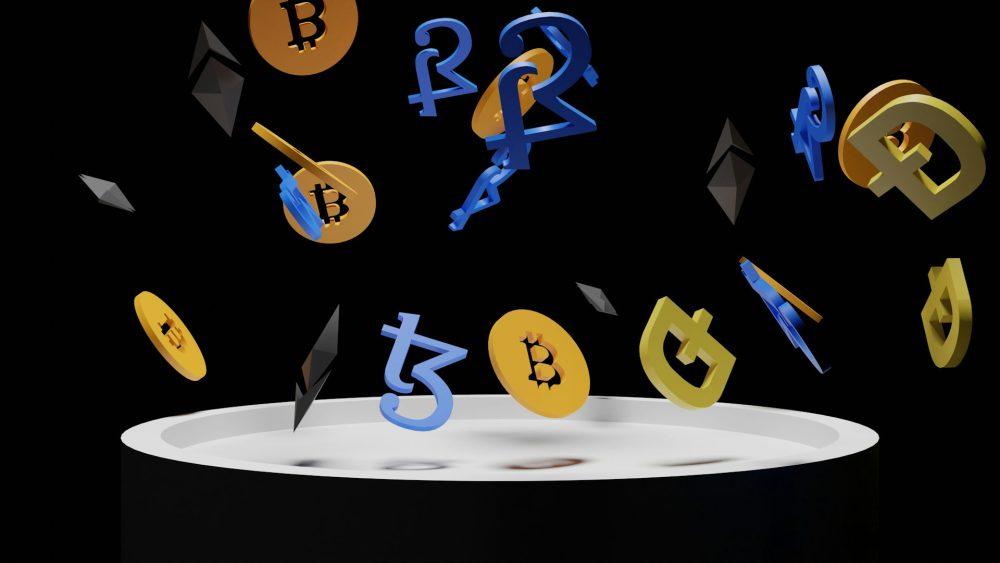In this article, we will be comparing some of the popular Android UI and we will find out which Android UI you should use. It is the full UI comparison between Oxygen OS, Samsung One UI, and MIUI, and the devices are Samsung Galaxy S22 Ultra, which is running the latest Android, Xiaomi 12 Pro which comes with MIUI 13, and lastly, we have also got the OnePlus 9 Pro that is running on Oxygen OS 12.1. So, let’s start our article ”Comparing Android Interfaces: MIUI, OneUI, OxygenOS.”
Always-On Display
First, let’s talk about the always-on display, unlike iPhones, these devices come with an always-on display, and in addition to this, all three offer some extra customizations. When it comes to MIUI, you get different clock styles, you can set custom images, add different effects to your always-on display, and even you can change the background as well.
In OnePlus phones, we really like this inside feature that shows you how many times have you unlocked your phone. Other than this, you also get a wide range of different clock styles that you can set your always-on display and we actually like the combination of different color options.
Finally, in terms of Samsung One UI, not only does it offers a lot of customizations like changing the clock style, and you can add different stickers and gifs, but it even lets you control the brightness of your always-on display. This is a very unique feature and we are sure that you are not going to find it on any other Android device.
Lock Screen
If we go into the lock screen, OnePlus does not provide you with many options. You only get the clock widget and below you get shortcuts to the camera and Google Assistant. In MIUI 13, it only lets you change the clock format, but other than that everything looks similar to what we have in the OnePlus.
One UI offers a lot more features, even on the lock screen you can add some really useful widgets, which is definitely one of our favourite features because you do not have to unlock your phone to see some very useful information directly from a lock screen itself. Then, it allows you to change the app shortcuts, you can add two of your favourite applications. Instead of having the default shortcuts, you can also customize and change the clock style as well.
Fingerprint Animations
The only thing that is missing in One UI is the lack of fingerprint animations. We really like how MIUI and Oxygen OS give you a bunch of different animations just to customize and change the look of your fingerprint but when it comes to Samsung, you only get the boring animation which looks nice, and there is no way you can change the default animation.
Overall
In Galaxy devices, overall when it comes to always-on display and lock screen, we would still prefer One UI because it offers a lot more features and customizations. Next, let’s talk about the Home Screen with Android 12.
Home Screen
With Android 12, Samsung has beautifully adapted to dynamic theming, which means whenever you change and apply a brand new wallpaper, everything will change depending on the color of that wallpaper it changes the accent color icon’s color and even it applies to clock applications. We think this feature is by far the best color palette option we have seen on Android devices.
Even though Oxygen OS 12.1 has support for Material You, it only works on Google Widgets and Stock Applications. If you go to the settings and choose a different color, it only changes the accent color and everything else reminds the same.
Finally, if we talk about MIUI, they are not even trying to implement the material design, it still got the same outdated design where you can only change the home screen grid and size of these icons, apart from this, if you love applying different third-party icon packs on your phone, then only Samsung gives you an option to change and apply different icon packs in the default launcher with the help of good lock application.
If you own a Xiaomi or OnePlus device, you will need to install a third-party launcher just to change the icon pack and customize your home screen notification panel, the quick setting looks very similar to Oxygen OS and One UI but MIUI has a smart control center which is heavily inspired from iOS.
Widget Section
Apart from these, if you go into the widget section, we think One UI feels less cluttery, it does not show all widgets in one place, instead, you just need to select a particular application and it shows all the widgets related to that specific application or settings.
Not only this, Samsung added the smart widget in One UI 4.1. It basically lets you combine all your favourite widgets. This feature saves a lot of space and keeps your home screen neat and clean.
User Interface
When you access the quick settings or when you open my app drawer, you will really like the amount of blur that you get in One UI. It definitely looks better and makes the whole experience a lot premium. We know even MIUI has the background blur feature and it looks as good as One UI.
If you go into the settings, the settings menu in Oxygen OS feels clean and minimal, but the MIUI and Samsung One UI have better readability because of the vibrant icons. Even when you open the recent apps menu, One UI has the 3D look which makes the applications pop and it looks much better in terms of visibility, but one thing that we like about OnePlus is you can quickly access all your recent applications with the help of the app icons, it makes the UI feels much faster and snappier. There is nothing new in MIUI, it has a very similar and basic-looking taskbar, where you can access all your recent applications.
Animations
In terms of animations, MIUI and One UI have some beautiful and smooth animations. Definitely, it feels slow when compared to the Oxygen OS, but they look very pleasing to your eyes. So, it is totally up to you if you really want a fast-looking phone, then you can go with the OnePlus, but if you like to experience some beautiful animations, then you can pick either One UI or MIUI.
Finally, we will clarify one thing One UI 4.1 offers a lot more features such as Bixby Routines and Deck Support, and then we have also got applications like Good Lock which helps you to customize your phone like a pro.
Which Android UI You Should Use Now?
Overall, we think MIUI offers a lot of amazing features that are missing in other Android devices. So, if you really want to try all these exciting features and at the same time you want better software support, MIUI provides you its best. Also, Samsung provides you with 4 years of software updates then you can definitely go with Samsung, and if you want One UI on any Android device, read our article here, but if you are a Xiaomi fan and love using MIUI, it is pretty good to use.










